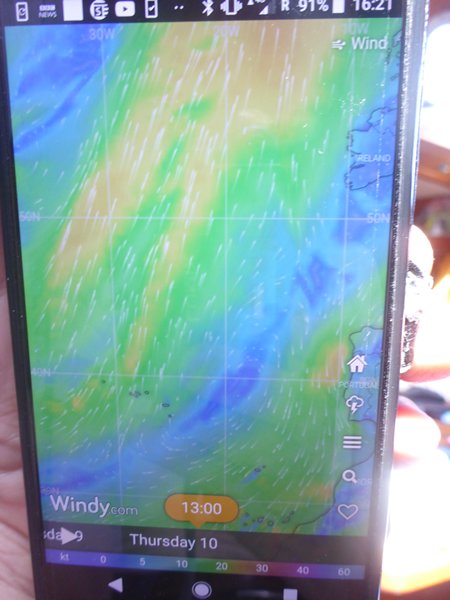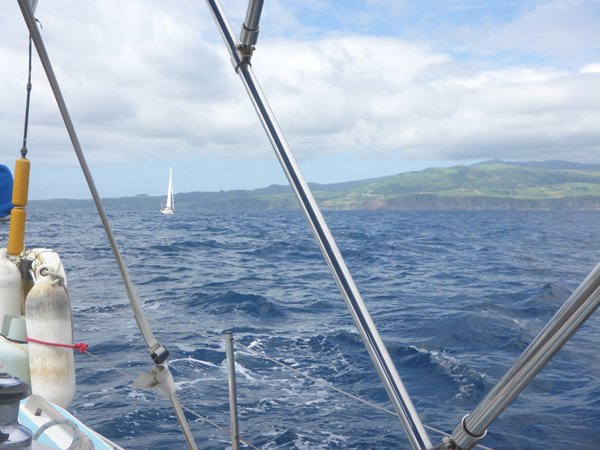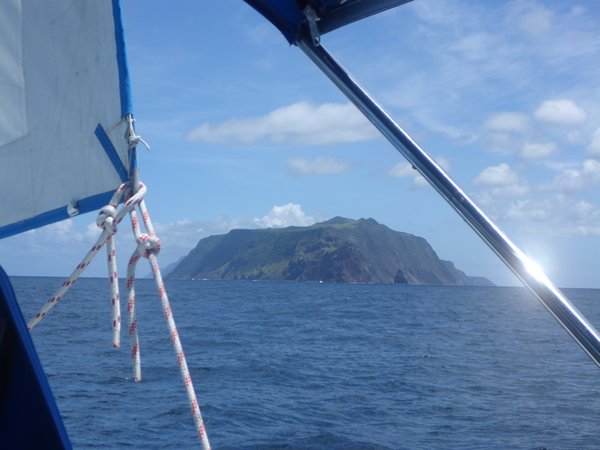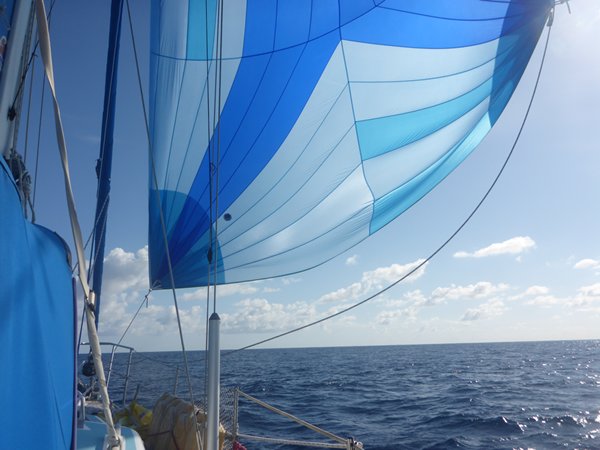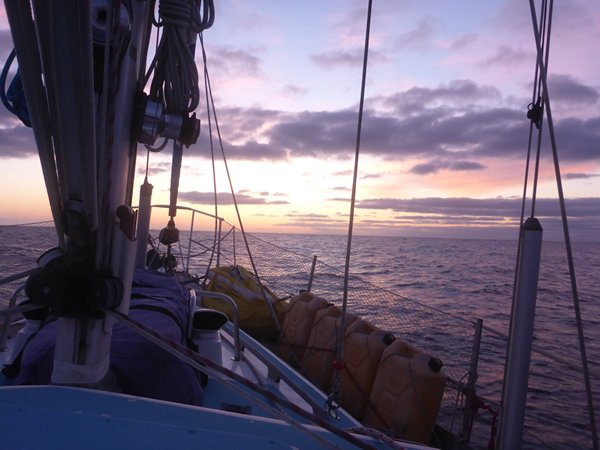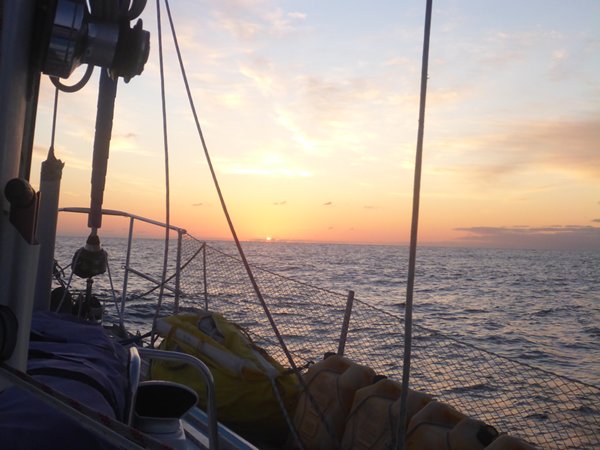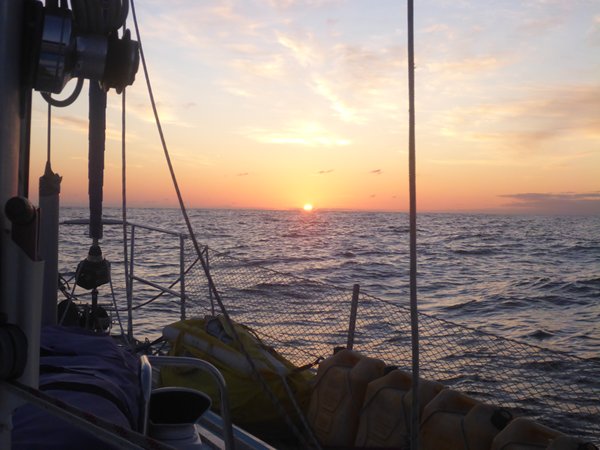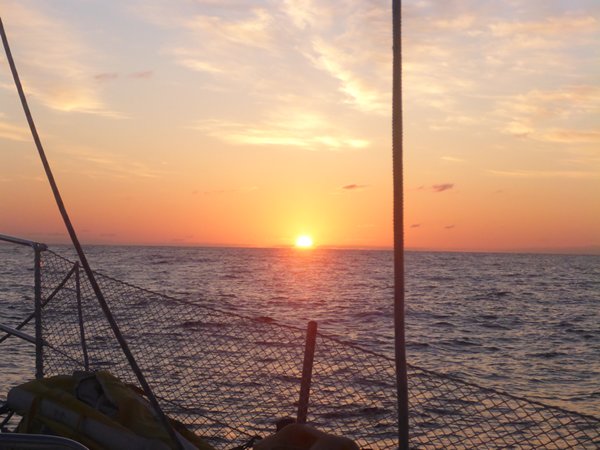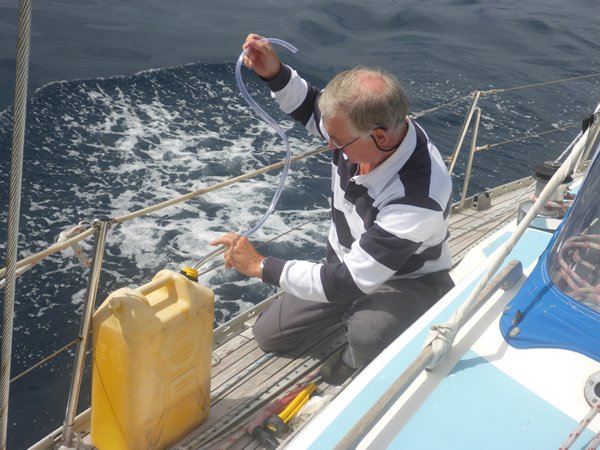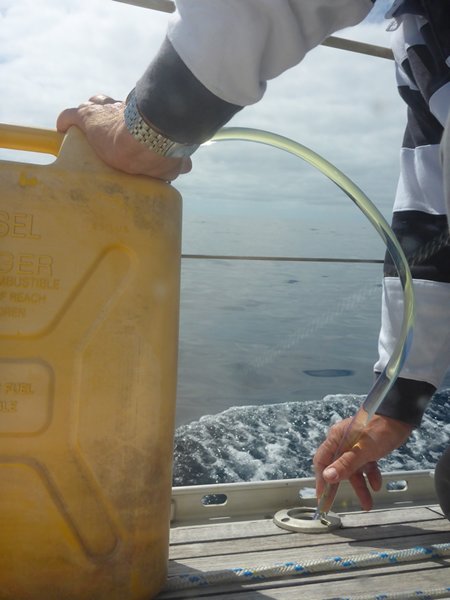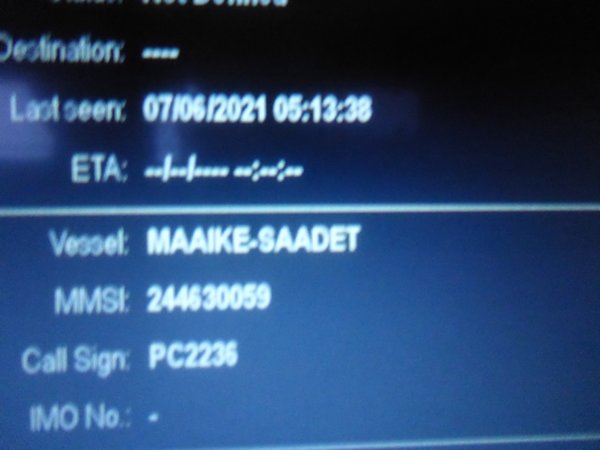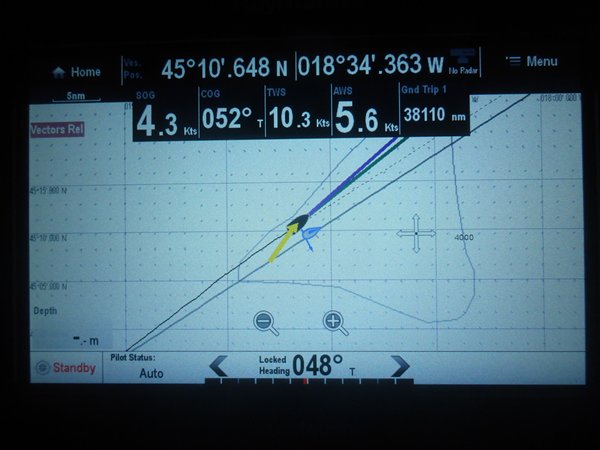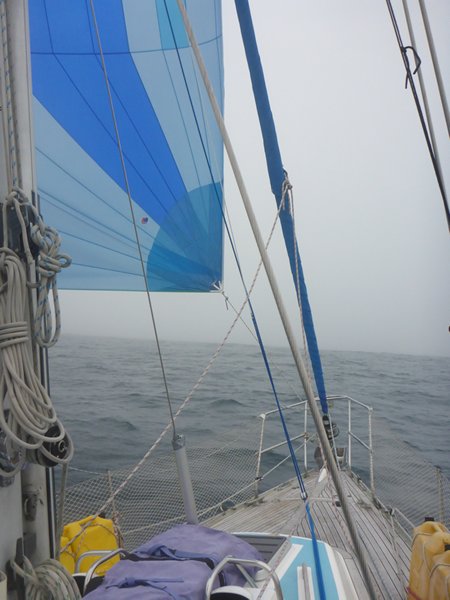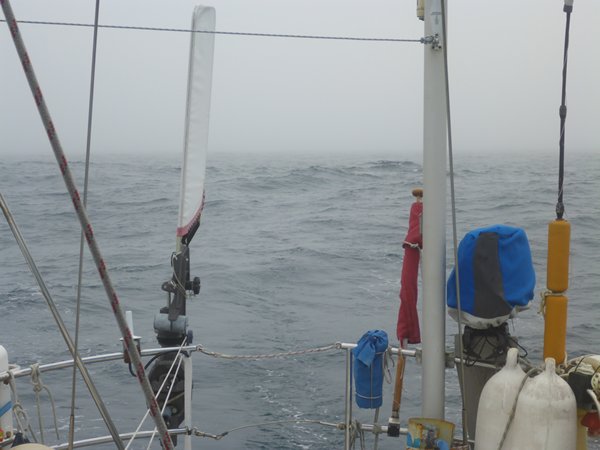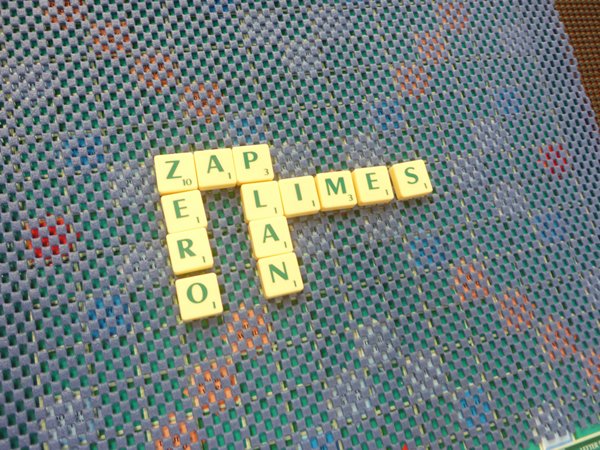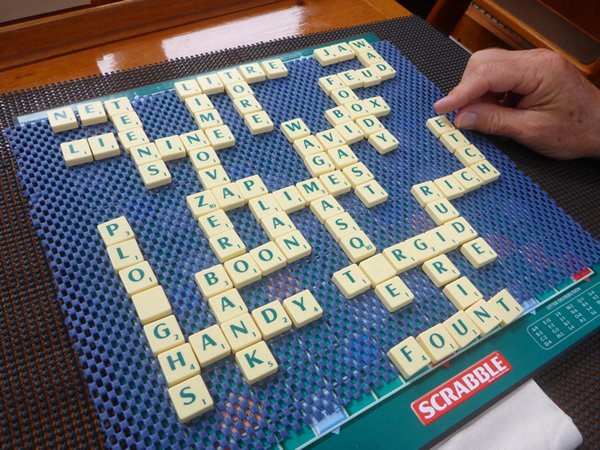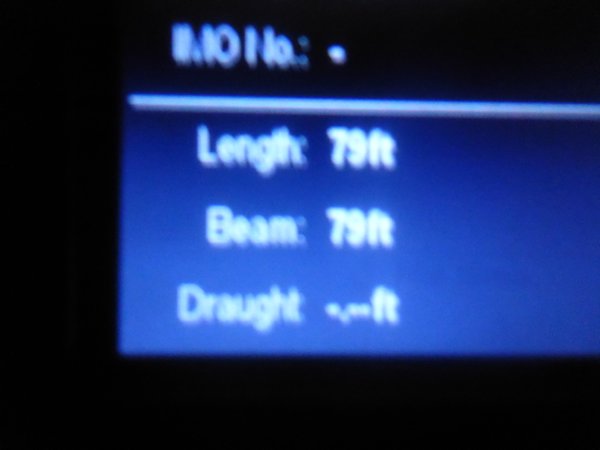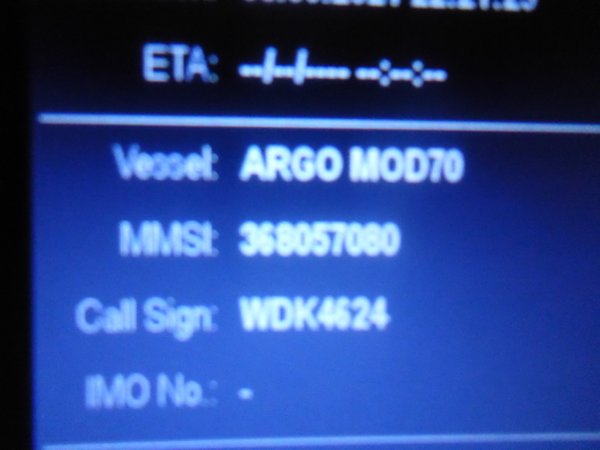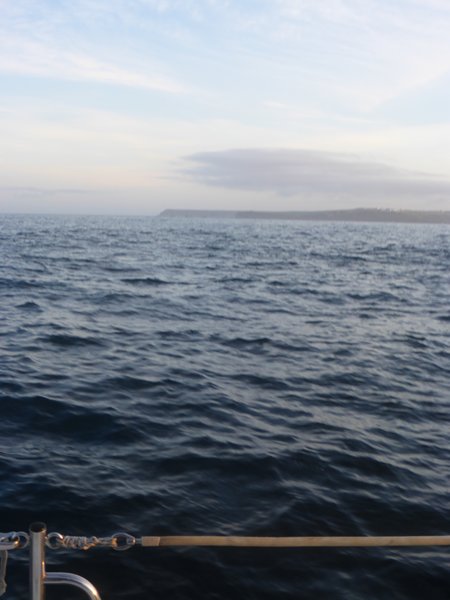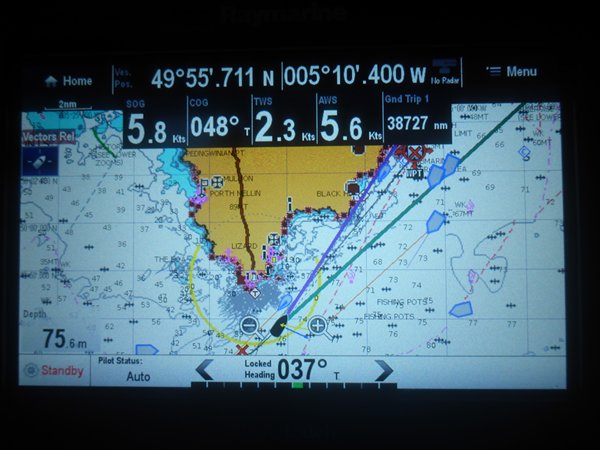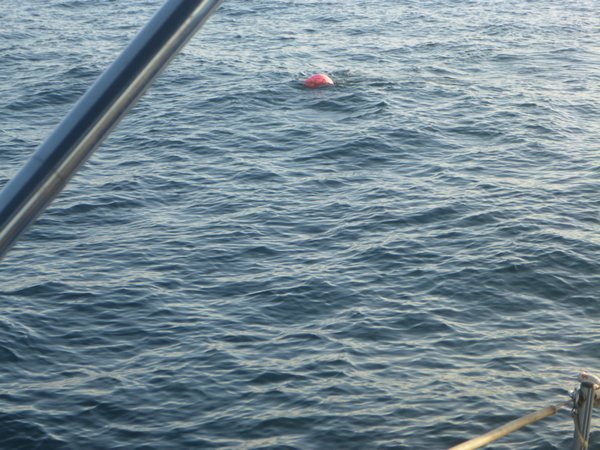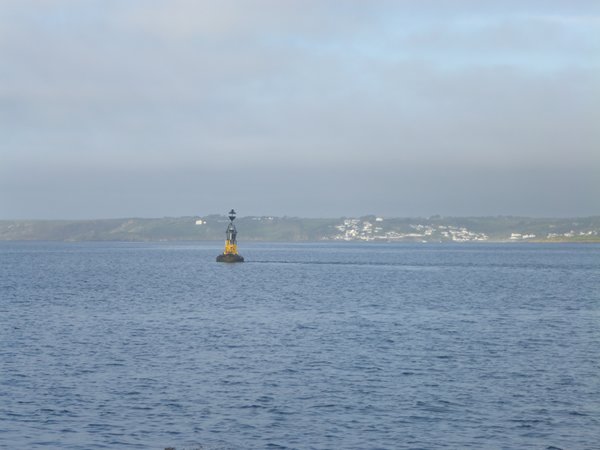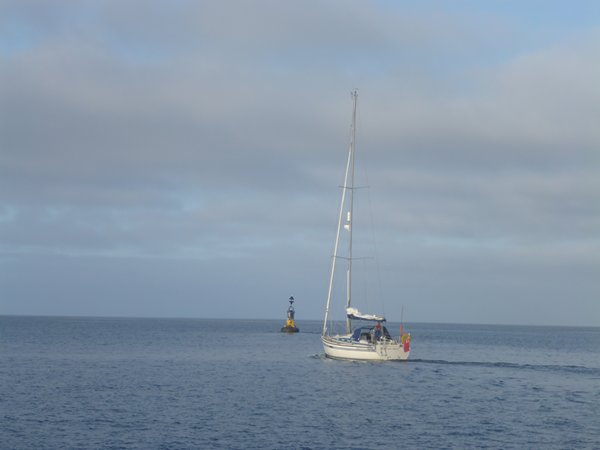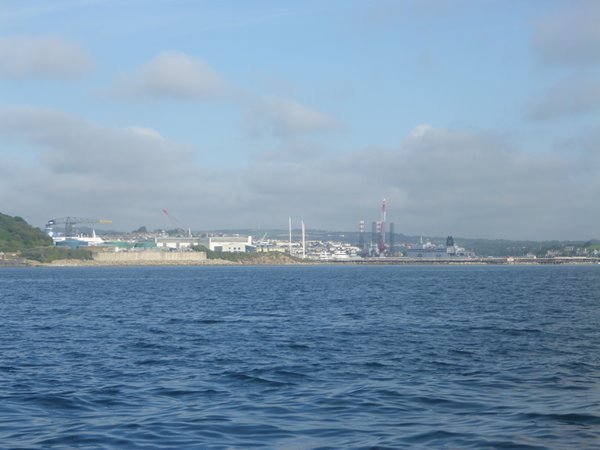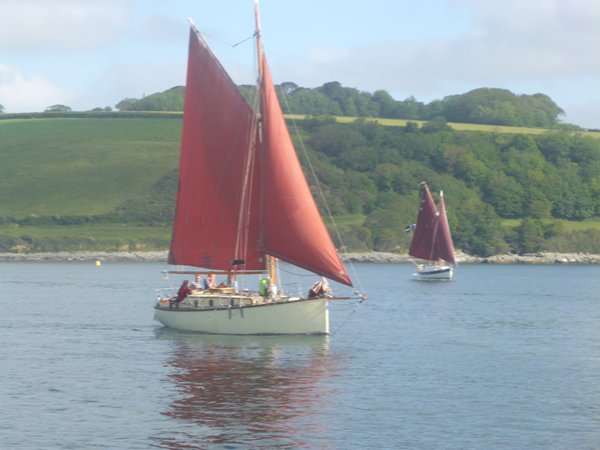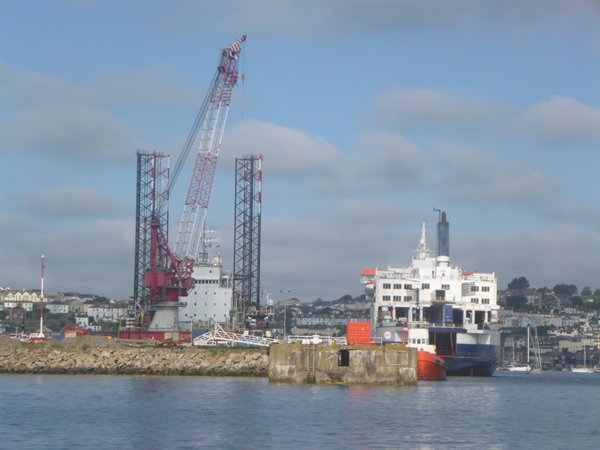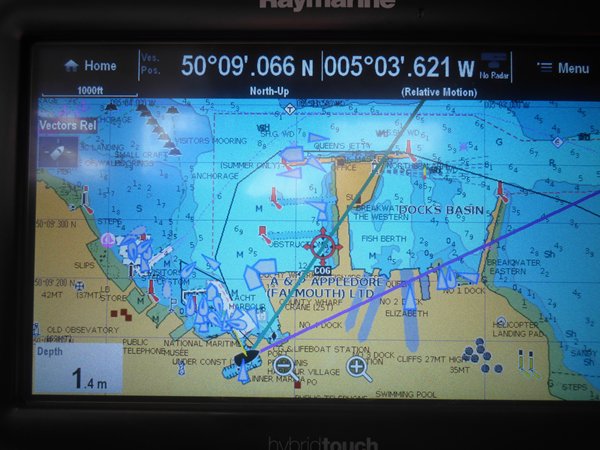Our Tunnel of Fog

In our Tunnel of Fog
We could barely see twenty metres from Zoonie as we continued along our private little tunnel of fog. Thank goodness for the chartplotter for a visual on nearby and approaching ships. I called up the 958ft Maersk Idaho at twelve miles distant since she was going to pass us by a matter of metres, too close for my comfort. She altered course five miles away from us and left just over a mile between us, engines thumping and foghorn blaring as she sped onward towards Panama, totally invisible from the cockpit, lost in the fog.
Remember the seventy-nine foot by seventy nine foot fast moving vessel with no draft moving at 24-27 knots to pass just ahead of us? Well, I looked her up and she turns out to be a racing trimaran recording no draft because she was speeding along on her foils, legs and feet on the bottom of her hulls. I’d liked to have seen her!
We had put away the Diva by this time as we needed to slow Zoonie down in readiness for a day time arrival off Falmouth. It seemed surreal that after all this time and travel we were using English place names again and one of my favourites as well. I nearly settled in Falmouth many years ago after parting company with hubby number two and the prospect of keeping Zoonie there for around a year as our ‘Westcountry floating cottage by the Penryn River’ was very appealing.
On the ninth day of our short voyage from Horta we were closing the Continental Shelf and the 1000metre contour line and within less than three hours our depth below the keel dropped to 500metres and then 200metres, positively shallow after the abyssal plains of the oceans well over six thousand metres in places. The colour of the shallow sea under the grey sky was a diesel wash as we moved the cursor of the chart plotter onto the Lizard waypoint 163 miles away.
The next day the RV Celtic Explorer ‘Destination Research’ appeared on the screen during my 5am to 8am watch and I thought what an excellent title for a book ‘Destination Explorer’. I prepared the ingredients for some flapjack, using up the butter as dairy products are not allowed into the country, or so I thought. As many as four ships were around us at any one time, cargo carriers, fishing boats, the research vessel, tankers, laden ships drifting around their anchors, awaiting the tide or a place alongside to unload, and the flying trimaran, which was interesting. By bringing up their red direction lines on the plotter screen we could instantly see if they were on a collision course with us. It was still foggy and I listened to the distant fog horns from the dripping companionway looking into the gloom around us.
By mid-morning on the last full day, day 10, the sky started to reveal its true colour in elusive patches and we sailed until 19.20 in the evening, choosing to motor from then on as the wind dropped and we needed to be able to move out of the way of ships approaching the separation lanes around Lands End. The bullish Low I mentioned in a previous blog did what we hoped it would do and turned up the western Irish coast leaving us calm conditions for our final approach in the early morning of the 12th June. I was concerned about motoring because of the numerous lobster pots to be found around the rocky Cornish south west coast, but Zoonie’s timing was impeccable and we started spotting them in the clear light of day and did a gentle slalom down the line in the company of a few other local yachts and the Warship Northumberland. She was out patrolling and asking skippers about their destinations as part of the security measures surrounding the G7 summit underway at Carbis Bay with lots of ‘knock on’ activities in Falmouth over our arrival weekend.
While still a few miles from our landfall we called up The National Yacht line to obtain Customs Clearance, answered a few questions and were told we could take down our yellow flag and proceed into port. The other part of that process was to complete a C1331 form and as soon as we could enter our exact date and time of arrival, we could send it off to the office in Dover by snail mail. Covid wise we would take a Covid test ourselves using the test kit we bought on line and had sent to the boatyard and send it off.
The fog cleared entirely and my heart swelled as the low-lying Lizard peninsula came into view. From then on it was pot watching that added another dimension to our approach. The strongly ebbing tide would sometimes pull the red buoys under water so they were hard to see but the fact they were laid in lines helped us to predict where they might be.
Rob called Mark, the Harbour Master at Pendennis Marina, and he gave us directions to enter the inner yacht village through a little swing bridge right beside the Maritime Museum. Rob manoeuvred Zoonie beautifully around a yacht and into a tight berth where smiling Mark took our lines and helped us along the final few metres of our circumnavigation; a perfect low-key return amidst the hubbub of the onshore activities, more about that later. I had to tell Mark about the new five-pound note that floated past us in the water just before were passed through the swing bridge, not being in a position to pick it up was so frustrating, but I was pleased for the person who could retrieve it.
Zoonie has brought us safely and comfortably through our circumnavigation which has taken six years and two days, covering 38,252 miles, that is 420 days at sea. What an adventure. I would recommend it to anyone who loves sailing and learning by first hand encounters, how other cultures work and how their history has shaped their present day lives. The natural world has been a constant source of wonder and surprise. Despite the damage the natural world has to endure from man and the elements, including fire, water, wind and seismic activity, its ability to bounce back and recover is awe-inspiring. It is, and I believe will continue to be a beautiful world, well worth your exploration.
